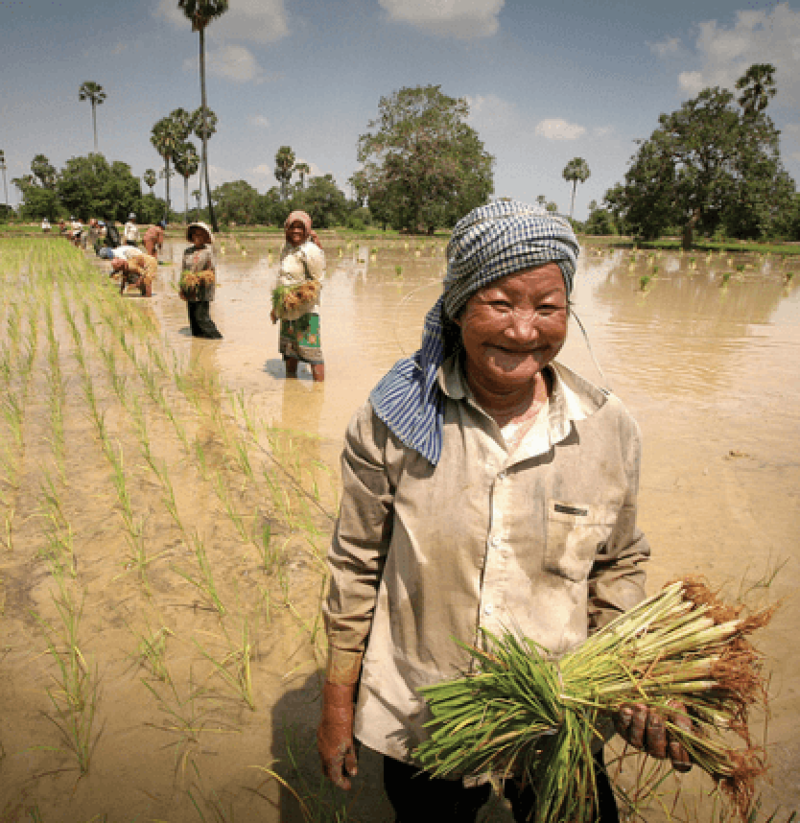The GLP aggregated and excerpted this blog/article to reflect the diversity of news, opinion and analysis.
C4 photosynthesis is so useful that it has evolved on at least 60 separate occasions. Unfortunately, none of these involved the ancestors of rice. . . Yet rice, pre-eminently a tropical plant, would produce yields around 50% bigger than at present if it took the C4 route. At the International Rice Research Institute. . . researchers are trying to show it how.
The C4 Rice Project, . . . is a global endeavour. . . Their task involves adding five alien enzymes to rice, to give it an extra biochemical pathway, and then reorganising some of the cells in the plant’s leaves to create special compartments in which carbon dioxide can be concentrated in ways the standard C3 mechanism does not require. Both of these things have frequently happened naturally in other plants, which suggests that doing them artificially is not out of the question. The team has already created strains of rice which contain genes plucked from maize plants for the extra enzymes. . . The harder part, which may take another decade, will be finding out what genetic changes are needed to bring about the compartmentalisation.
Read full, original post: The Future of Agriculture































